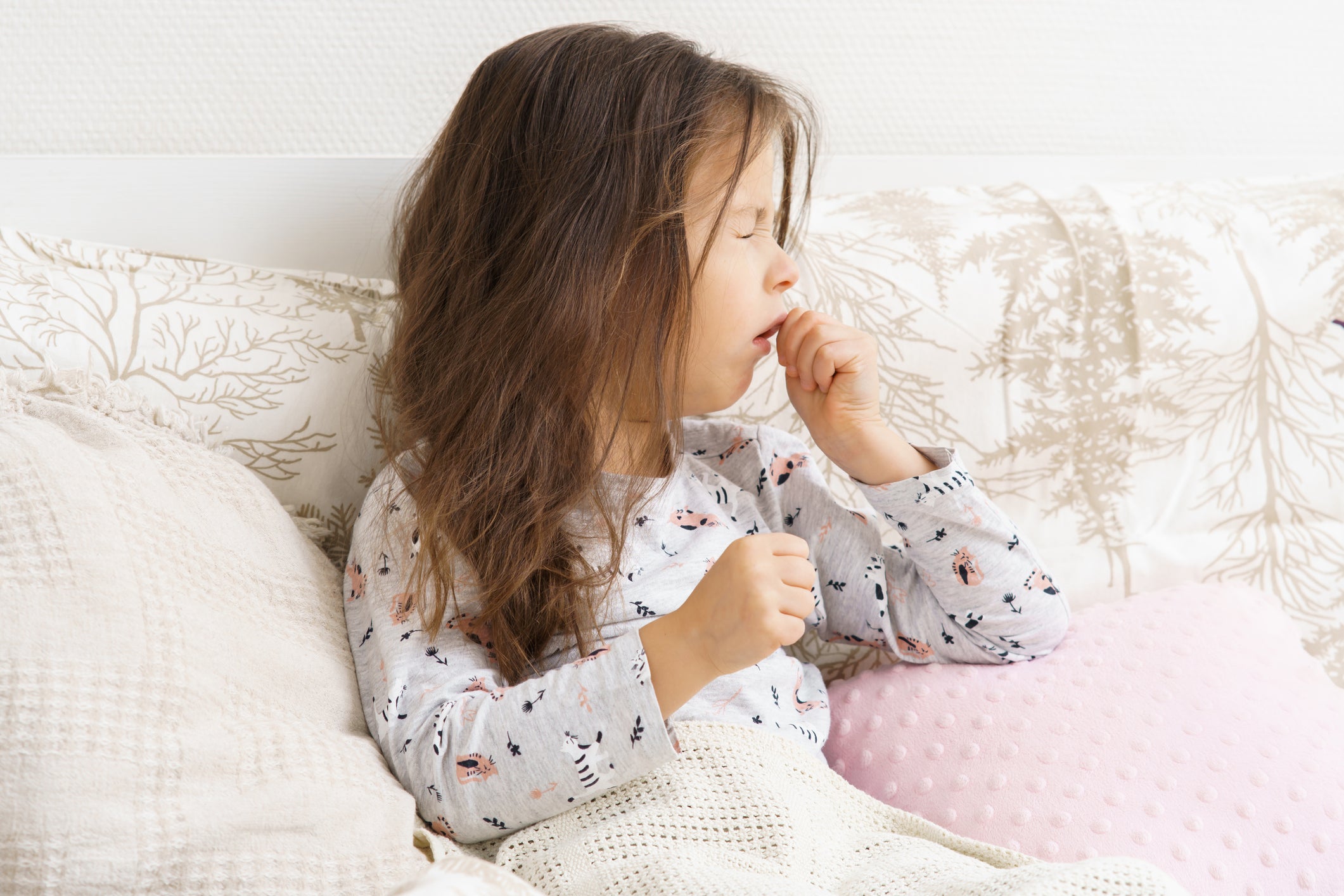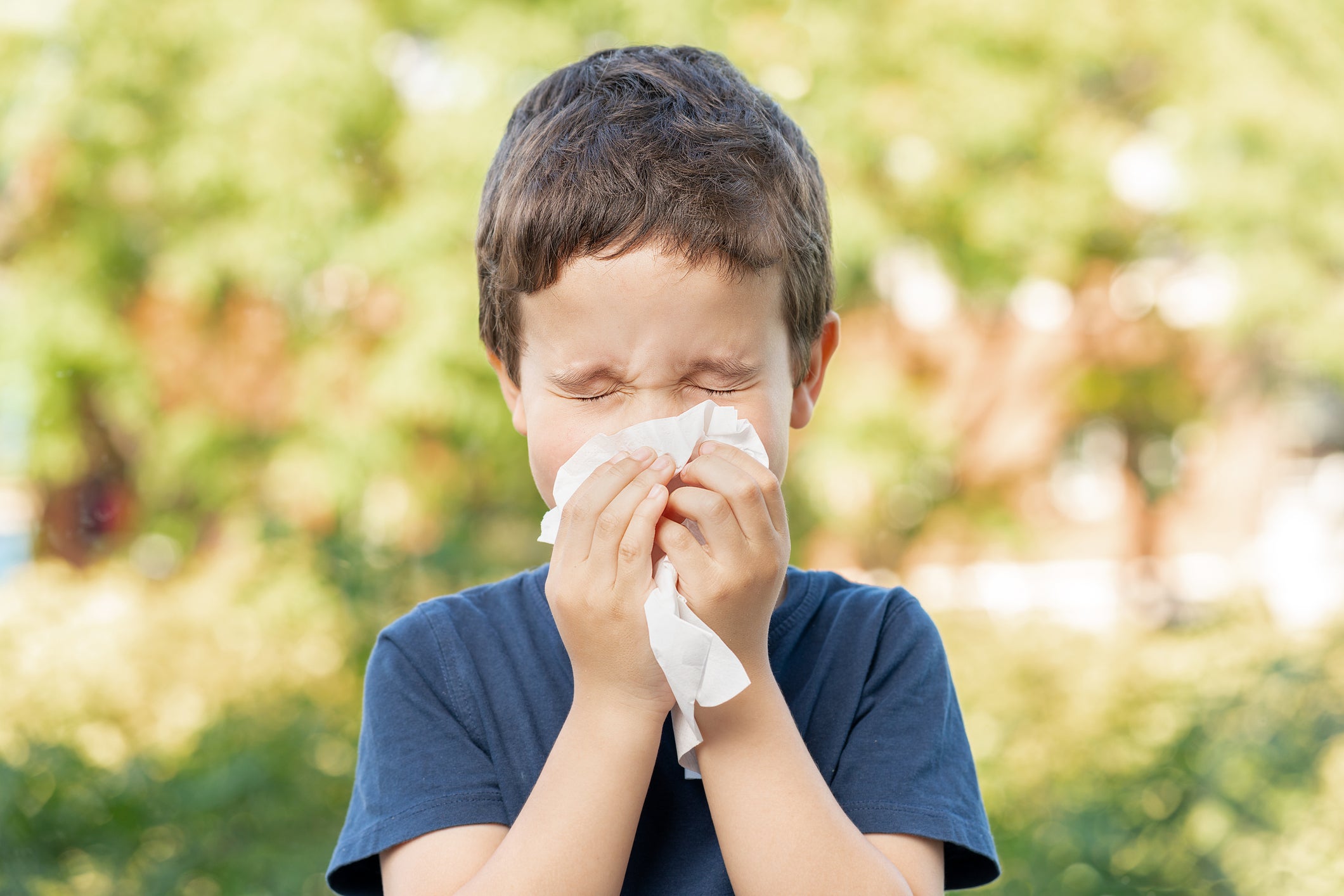Walking pneumonia cases are skyrocketing in kids this year
There has been a ‘notable’ increase in infections for children between the ages of two and four
More young children are catching walking pneumonia this year, as cases of the respiratory illness continue to surge around the country.
Cases first started to rise during the spring and have remained high through the fall, according to the Centers for Disease Control and Prevention. An estimated 2 million cases occur on average in the US, often peaking between summer and early fall.
Citing data from the National Syndromic Surveillance Program, the agency said the increase was the highest among children, with related emergency department visits growing from 0.5 percent to 2.1 percent from March 31 to October 5. In kids ages five to 17, those numbers rose from 3.6 percent to 7.4 percent. The most pronounced rise was in children who were between the ages of two and four, with visits jumping from 1 percent to 7.2 percent. The CDC said diagnoses reached a peak for that age group and the five-to-17-year-olds in August.
“The increase in 2–4-year-olds is notable because these infections have historically been thought to affect school-age more than younger children,” it said.

Walking pneumonia is a generally mild form of pneumonia, a lung infection caused by bacteria, that can damage the throat, windpipe, and lungs. People who are infected with mild symptoms may not stay in bed, resulting in the name “walking pneumonia.”
While some who are infected may not experience symptoms, others become feverish, fatigued, and gradually develop a slowly worsening cough, headaches, and sore throat. Serious complications from infection can require hospital care, including asthma, severe pneumonia, and brain disease. Children under the age of five may have more concerning symptoms, like vomiting, wheezing, diarrhea, sneezing, and watery eyes.
Walking pneumonia infections are caused by bacteria known as Mycoplasma pneumoniae, which can infect anyone but most often sicken children between the ages of five and 17 and young adults. It is spread by inhaling respiratory droplets produced when a person coughs or sneezes. Outbreaks largely occur in schools, nursing homes, and other crowded environments.
Some people are more likely to be infected than others, including people recovering from respiratory illness and those with weakened immune systems.
It can take between one and four weeks for symptoms to occur after exposure to the bacteria, and Infections can last in the respiratory tract for several months, leading to prolonged symptoms.
There are a few methods currently used to test for infection. Healthcare providers look for signs of respiratory illness, and may order a chest X-ray to see if they have pneumonia. For walking pneumonia, they typically take a nasal swab or related sample and conduct a test for many viruses and pathogens.

There is no vaccine for walking pneumonia. Most people with a mild infection will recover without medicine, but healthcare providers can give patients antibiotics. Macrolides, a class of antibiotics, are the first treatment for infection.
In previous years, most walking pneumonia infections were observed in school-aged children and young adults. Last year, after a prolonged period of low infections since the start of the Covid pandemic, it began to re-emerge around the world.
Walking pneumonia isn’t the only respiratory virus to be concerned about this fall. Cases of highly contagious whooping cough have also surged, with CDC data showing 17,5789 cases reported in the US thus far. Last year, there were just under 4,000, marking an increase of 340 percent. Whooping cough cases had also been lower than usual since the start of the pandemic.
Babies younger than a year old are at greatest risk of getting whooping cough and developing severe complications. About a third of babies younger than that who get whooping cough need treatment in a hospital.
Join our commenting forum
Join thought-provoking conversations, follow other Independent readers and see their replies
Comments
Bookmark popover
Removed from bookmarks